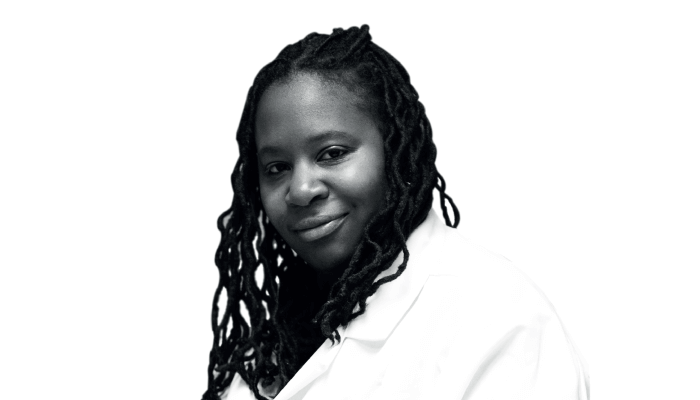
Increasing diversity in STEM subjects is a complicated challenge, but that just means we have to come at it from several angles. We’ve found that targeted intervention at middle school age is key because children aged 11–12 are old enough to retain what you’re teaching them, but young enough for programs to make a real difference.
My activities in this regard include involvement in the UMB CURE Scholars program, through which we work with three West Baltimore middle schools in a predominantly African-American neighborhood. The idea is to introduce children to STEM in a more meaningful way than normally occurs in the classroom. We focus on middle school students, because studies show that elementary school is too early for retention in STEM subjects, and high school is too late. The best time to reinforce the STEM fields is when kids are thinking about their future careers, and that’s middle school. With that aim, the CURE program provides year-round activities with students and support science teaching at the schools. My laboratory hosts children for summer research projects; we have about 22 students in the lab each year.
We make the project relevant for them; for example, by focusing on diseases they would see in their community, such as asthma and diabetes. A typical day for these students would start with a short lecture on the disease – we make it short and fun to keep them engaged – followed by some experimental work. In the case of asthma, the children might build a healthy lung, observe how the air flows through it, and then mimic restriction of the airway. Whatever we do, we always emphasize innovation; we want them to be comfortable with trying something new, not scared of it. Finally, we train them in soft skills, including communication and community awareness. This latter part is important; we want them to be able to go home and discuss diseases that are prevalent in their community, and how those conditions can be prevented or treated. So far, about 65 percent of our Core Scholars have ended up wanting to major in STEM subjects, so our program has been very successful.
But once you’ve got diverse people into the system, the next big challenges is helping them stay there. Historically, STEM subjects have suffered from the “leaky pipeline” problem – diverse people come in, but then leave. We aim to fix that leak!
I’m also involved in the NIH-funded initiative for maximizing student development (IMSD), which aims to improve diversity in STEM subjects at the PhD level. Within this initiative, I am co-director – along with Mike Summers and Rachel Brewster – of the Meyerhof graduate fellows program (one of the largest IMSD programs). Our objective is not only to recruit diverse students into PhD programmes but also to support them through graduate school. Support might include mental health workshops that help them deal with racial microaggressions or grant-writing workshops. At the same time, we train the broader faculty to support diverse students – one example being bias training. It’s a serious endeavor, but it’s been a lot of fun. And in 2018 we celebrated the 100th Meyerhof PhD student, so we can certainly say we’ve improved diversity in STEM students!
But these kinds of programs are not enough to fix all the problems we face. In particular, academics of color still have issues at the professor level – getting tenure, for example. Part of the reason is an unbalanced and unrecognized workload; if you are the only person of color in a department, students of colour automatically gravitate towards you for support – and the time you spend mentoring them comes out of time you’d otherwise spend researching and writing. And universities typically only judge your research output – in particular, how many publications and grants you got. Similarly, if you are the only woman or the only person of color in the department, you’ll end up being asked to join every research committee so they can demonstrate diversity. And that means you can add lots of unrecognized committee work to your unrecognized mentorship…
In my view, universities should either protect faculty of color from all committee duties – or recognize and reward those duties as an integral part of their tenure package. One or both of those things must happen. You can bet that every person of color in the faculty is excelling just as much as their white counterparts, but they are being held back because of those extra duties.
If we want more people of color in STEM, we need to make sure we inspire children (at the middle school age in particular), then ensure those who do make it to graduate school are supported, and finally eliminate the workload imbalance faced by academics at the tops of their professions. This latter point will cascade down – providing more role models in leadership positions to encourage early career academics and even children that their hard work will be fairly rewarded.




